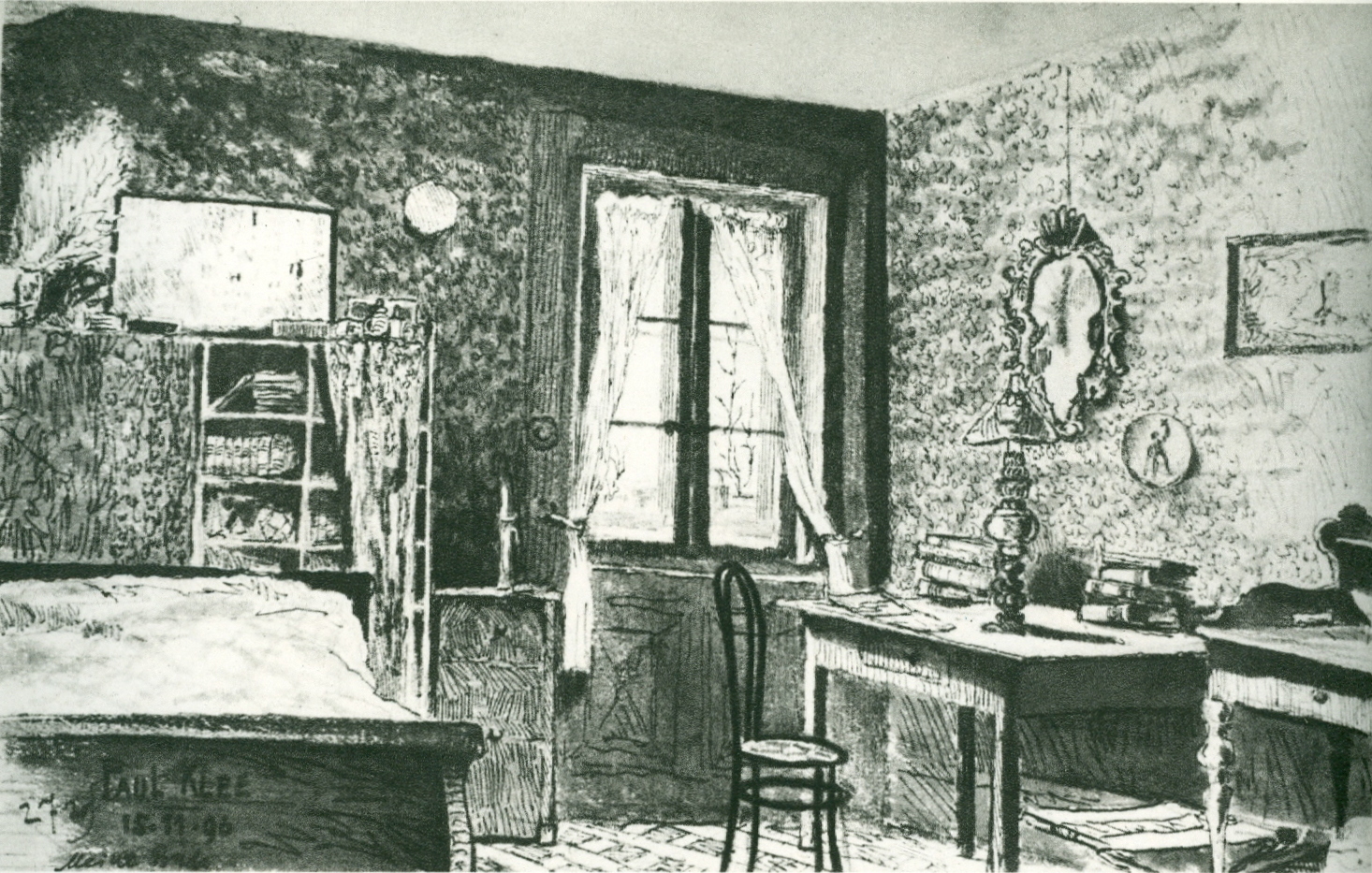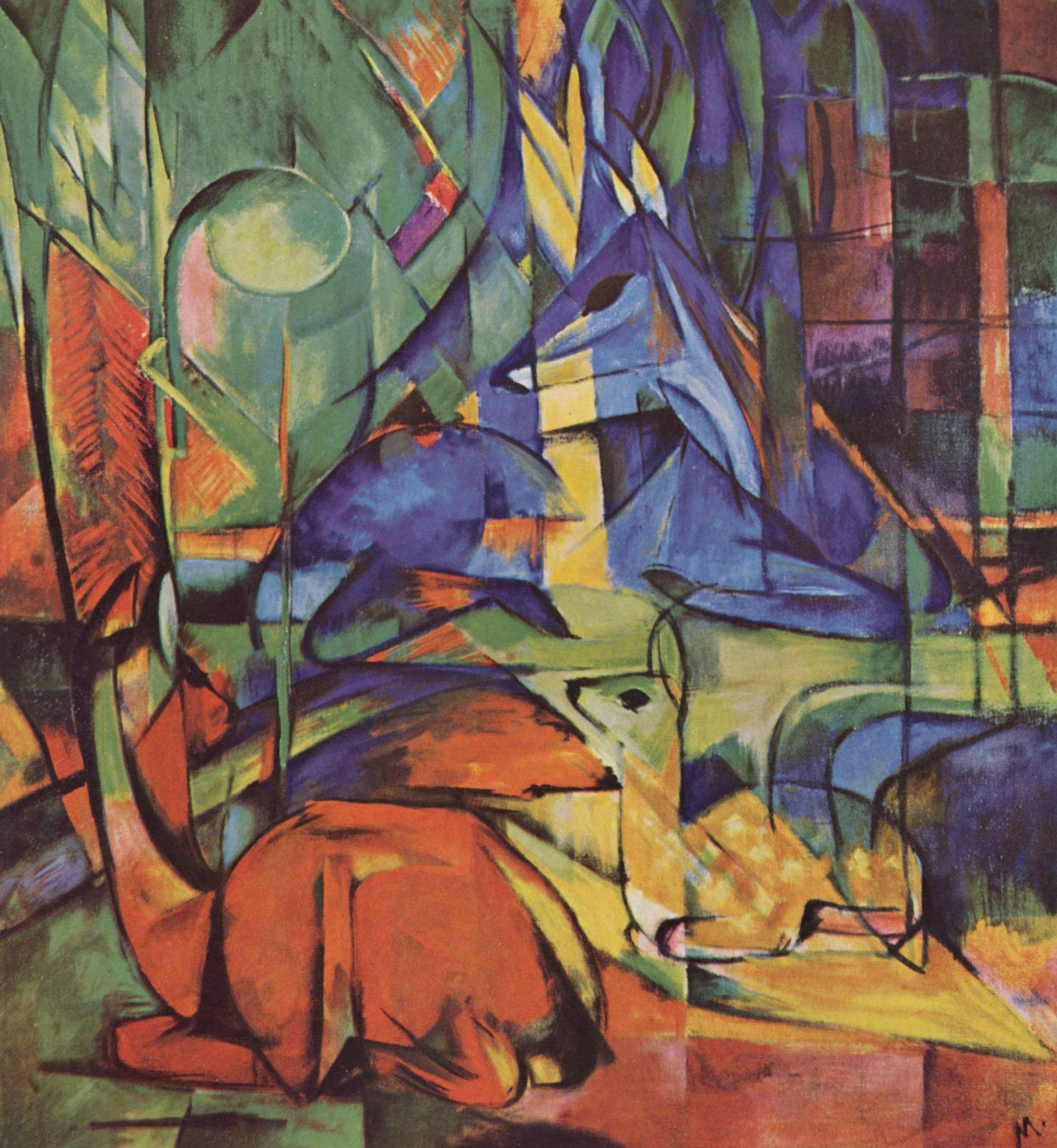|
Imaginisterna
Imaginisterna (Swedish for ''the Imaginists'') was a group of Swedish painters formed 1945 and dissolved 1955. Seeking an alternative approach to surrealism they turned away from the detailed style of Salvador Dalí and looked for inspiration from artist such as Max Ernst, Paul Klee and abstract expressionism. Notable members *Max Walter Svanberg *Carl-Otto Hultén *Anders Österlin *Gösta Kriland References * Bra Böckers Lexikon, Band 11 (1986) * Bra Böckers Lexikon, Band 22 (1981) Swedish artist groups and collectives {{Sweden-painter-stub ... [...More Info...] [...Related Items...] OR: [Wikipedia] [Google] [Baidu] |
Gösta Kriland
Gösta Axel Kriland (June 13, 1917 in Valbo, Gästrikland – December 11, 1989 in Stockholm) was a Sweden, Swedish Surrealism, surrealist artist, book illustrator and cartoonist. Life Kriland emerged in the 1940s with paintings that were heavily influenced by surrealist ideas after formative stays in Paris and London during the interwar period. During the 1940s, he joined the Skåne-based painting group ''imaginisterna''. Later, he was active primarily as an illustrator of, among other things, around 50 books. Kriland is represented at the Nationalmuseum, National Museum and the Moderna Museet, Modern Museum in Stockholm. References Further reading *Holten, Ragnar von: ''Den okände Kriland'', 1980. *Kriland, Gosta: ''Det gåtfulla har ingen dörr. Sprängdikter och andra texter'', 1990. . 1917 births 1989 deaths People from Gävle Municipality Swedish surrealist artists Swedish cartoonists {{Sweden-artist-stub ... [...More Info...] [...Related Items...] OR: [Wikipedia] [Google] [Baidu] |
Surrealism
Surrealism is a cultural movement that developed in Europe in the aftermath of World War I in which artists depicted unnerving, illogical scenes and developed techniques to allow the unconscious mind to express itself. Its aim was, according to leader André Breton, to "resolve the previously contradictory conditions of dream and reality into an absolute reality, a super-reality", or ''surreality.'' It produced works of painting, writing, theatre, filmmaking, photography, and other media. Works of Surrealism feature the element of surprise, unexpected juxtapositions and '' non sequitur''. However, many Surrealist artists and writers regard their work as an expression of the philosophical movement first and foremost (for instance, of the "pure psychic automatism" Breton speaks of in the first Surrealist Manifesto), with the works themselves being secondary, i.e. artifacts of surrealist experimentation. Leader Breton was explicit in his assertion that Surrealism was, above all, ... [...More Info...] [...Related Items...] OR: [Wikipedia] [Google] [Baidu] |
Salvador Dalí
Salvador Domingo Felipe Jacinto Dalí i Domènech, Marquess of Dalí of Púbol (; ; ; 11 May 190423 January 1989) was a Spanish surrealist artist renowned for his technical skill, precise draftsmanship, and the striking and bizarre images in his work. Born in Figueres, Catalonia, Spain, Dalí received his formal education in fine arts in Madrid. Influenced by Impressionism and the Renaissance masters from a young age he became increasingly attracted to Cubism and avant-garde movements. He moved closer to Surrealism in the late 1920s and joined the Surrealist group in 1929, soon becoming one of its leading exponents. His best-known work, '' The Persistence of Memory'', was completed in August 1931, and is one of the most famous Surrealist paintings. Dalí lived in France throughout the Spanish Civil War (1936 to 1939) before leaving for the United States in 1940 where he achieved commercial success. He returned to Spain in 1948 where he announced his return to the Catholic ... [...More Info...] [...Related Items...] OR: [Wikipedia] [Google] [Baidu] |
Max Ernst
Max Ernst (2 April 1891 – 1 April 1976) was a German (naturalised American in 1948 and French in 1958) painter, sculptor, printmaker, graphic artist, and poet. A prolific artist, Ernst was a primary pioneer of the Dada movement and Surrealism in Europe. He had no formal artistic training, but his experimental attitude toward the making of art resulted in his invention of frottage (surrealist technique), frottage—a technique that uses pencil rubbings of textured objects and relief surfaces to create images—and Grattage (art), grattage, an analogous technique in which paint is scraped across canvas to reveal the imprints of the objects placed beneath. Ernst is noted for his unconventional drawing methods as well as for creating novels and pamphlets using the method of collages. He served as a soldier for four years during World War I, and this experience left him shocked, traumatised and critical of the modern world. During World War II he was designated an "undesirable forei ... [...More Info...] [...Related Items...] OR: [Wikipedia] [Google] [Baidu] |
Paul Klee
Paul Klee (; 18 December 1879 – 29 June 1940) was a Swiss-born German artist. His highly individual style was influenced by movements in art that included expressionism, cubism, and surrealism. Klee was a natural draftsman who experimented with and eventually deeply explored color theory, writing about it extensively; his lectures ''Writings on Form and Design Theory'' (''Schriften zur Form und Gestaltungslehre''), published in English as the '' Paul Klee Notebooks'', are held to be as important for modern art as Leonardo da Vinci's '' A Treatise on Painting'' was for the Renaissance. He and his colleague, Russian painter Wassily Kandinsky, both taught at the Bauhaus school of art, design and architecture in Germany. His works reflect his dry humor and his sometimes childlike perspective, his personal moods and beliefs, and his musicality. Early life and training Paul Klee was born in Münchenbuchsee, Switzerland, as the second child of German music teacher Hans Wilhe ... [...More Info...] [...Related Items...] OR: [Wikipedia] [Google] [Baidu] |
Expressionism
Expressionism is a modernist movement, initially in poetry and painting, originating in Northern Europe around the beginning of the 20th century. Its typical trait is to present the world solely from a subjective perspective, distorting it radically for emotional effect in order to evoke moods or ideas. Expressionist artists have sought to express the meaningVictorino Tejera, 1966, pages 85,140, Art and Human Intelligence, Vision Press Limited, London of emotional experience rather than physical reality. Expressionism developed as an avant-garde style before the First World War. It remained popular during the Weimar Republic,Bruce Thompson, University of California, Santa Cruzlecture on Weimar culture/Kafka'a Prague particularly in Berlin. The style extended to a wide range of the arts, including expressionist architecture, painting, literature, theatre, dance, film and music. The term is sometimes suggestive of angst. In a historical sense, much older painters such as ... [...More Info...] [...Related Items...] OR: [Wikipedia] [Google] [Baidu] |
Max Walter Svanberg
Max Walter Svanberg (February 21, 1912 – May 28, 1994) was a Swedish surrealist painter, illustrator, and designer. His most prevalent motifs were of women's bodies merged with elements of flora and fauna. Born in Malmö, Sweden, Svanberg founded the Swedish artist group Imaginisterna in 1948, but left them soon after. In 1950, he published an album of lithographs. In 1953, he was invited to join a surrealist group in Paris led by André Breton. Svanberg exhibited at the Galerie de l’Etoile Scellee in 1955. In 1958, he illustrated an edition of Arthur Rimbaud’s ''Illuminations''. He was awarded the Prince Eugen Medal for painting in 1965. Svanberg died in Limhamn Limhamn () is, in an administrative sense, the southern district of Malmö Municipality in Sweden. Before 1915, Limhamn was (briefly) a town of its own. The population of Limhamn-Bunkeflo (including suburbs) is 31,000, of which 7,000 live in t ..., Sweden. References * Bra Böckers Lexikon, Band 22 (1981) ... [...More Info...] [...Related Items...] OR: [Wikipedia] [Google] [Baidu] |
Anders Österlin
Anders is a male name in Scandinavian languages and Fering North Frisian, an equivalent of the Greek Andreas ("manly") and the English Andrew. It originated from Andres via metathesis. In Sweden, Anders has been one of the most common names for many centuries, earliest attested in 1378. It was common for priests and farmers during medieval times. According to Statistics Sweden, as of 31 December 2002 it ranks 4th among the male names. The great frequency of this name at the point in time (around 1900) when patronymics were converted into family names is the reason why 1 out of every 30 Swedes today is called Andersson. The name day of Anders in the Scandinavian calendar is 30 November, and in the old peasant superstition that day was important for determining what the Christmas weather would be. If it was very cold on 30 November there would be much sleet on Christmas (and vice versa). In Denmark Donald Duck's name is ''Anders And''. The Fering name Anders may have been bor ... [...More Info...] [...Related Items...] OR: [Wikipedia] [Google] [Baidu] |


.jpg)



